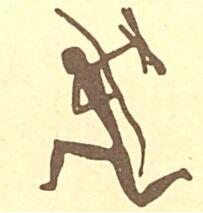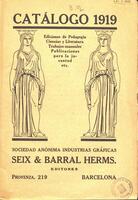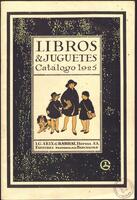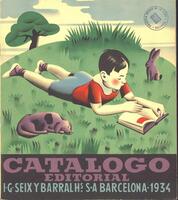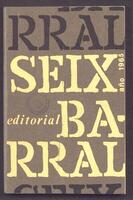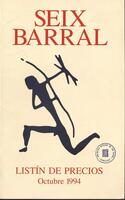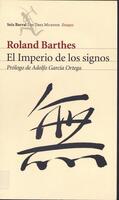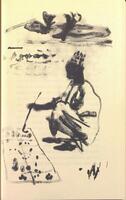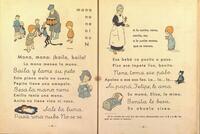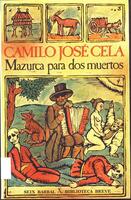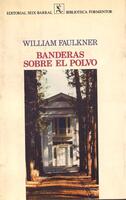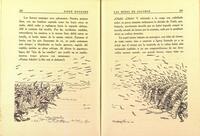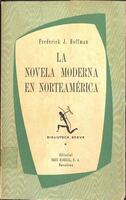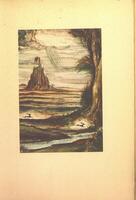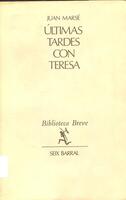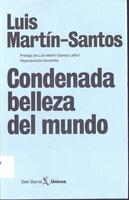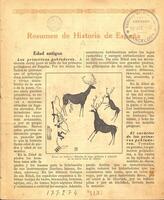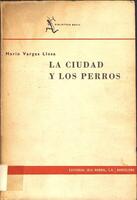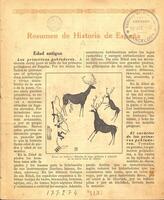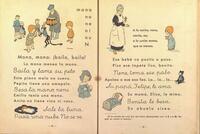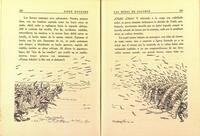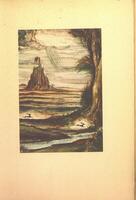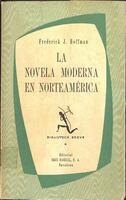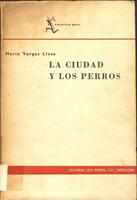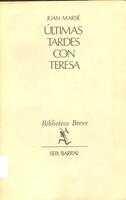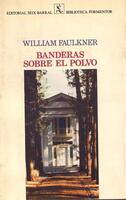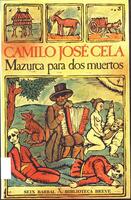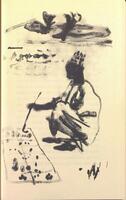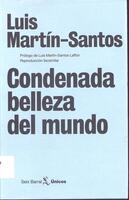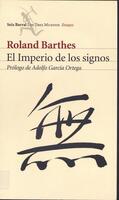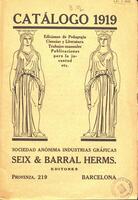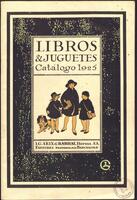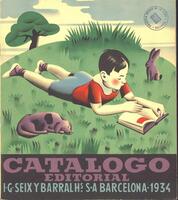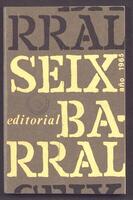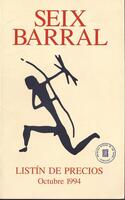Seix Barral
(Updated 08/10/2024)
In 1911, Industrias Gráficas Seix y Barral Hnos. was founded from the merger of Litografia Seix and Barral Hermanos. During the first half of the 20th century, it was famous for its historical and school publications. It solicited the contributions of illustrious educators and intellectuals such as Pau Vila and Artur Martorell, along with the designer Ricard Giralt-Miracle. After 1954, when Carlos Barral became the literary director, he effected a radical change and the company began to add more outstanding works from European and Latin American literature into its catalogue. It was accompanied in this process of transformation by such prominent intellectuals as Joan Petit, Jaime Gil de Biedma, José Agustín Goytisolo and Josep Maria Castellet.
+ informationSearch collections
The Biblioteca de Catalunya conserves the deposit of the Carlos Barral collection, owned by the Calafell Town Hall in a use agreement, and it holds some of the correspondence through a donation.
Carlos Barral collection in the Biblioteca de Catalunya
Carlos Barral correspondence collection, 1956-1984 in the Biblioteca de Catalunya
Catalogue of publishers and booksellers from the Bergnes de las Casas collection (Biblioteca de Catalunya)
Catalogues of publishers of Catalonia (Biblioteca de Catalunya)
More information and documentation on the works produced
Website of Seix Barral (Grup Planeta)
Casa Barral Museum in Calafell
Llanas, Manuel. L'Edició a Catalunya. Segle XX (fins a 1939). Barcelona: Gremi d'Editors de Catalunya, 2005.
Llanas, Manuel. L'Edició a Catalunya. Segle XX (1939-1975). Barcelona: Gremi d'Editors de Catalunya, 2005.
Seix Barral, catálogo de autores. Barcelona: Seix Barral, 2011.
Seix Barral : nuestra historia (1911-2011). Barcelona: Seix Barral, 2011.
Vila-Sanjuán, Sergio. Pasando pàgina : autores y editores en la España democràtica. Barcelona: Destino, cop. 2003.
